Hand-eye Coordination Normal Math Worksheets for Ages 3-9
8 filtered results
-
From - To
Boost your child’s mathematical skills and hand-eye coordination with our engaging worksheets designed for ages 3-9. At Kids Academy, we offer a variety of fun and educational printables that cater to different learning stages, ensuring your child develops crucial skills while enjoying the process. These worksheets seamlessly integrate math practice with activities that enhance hand-eye coordination, providing a multifaceted approach to learning. From tracing numbers to connecting dots, each worksheet is crafted to captivate young minds and build a strong math foundation. Visit Kids Academy and discover the perfect math resources to support your child's development and success.
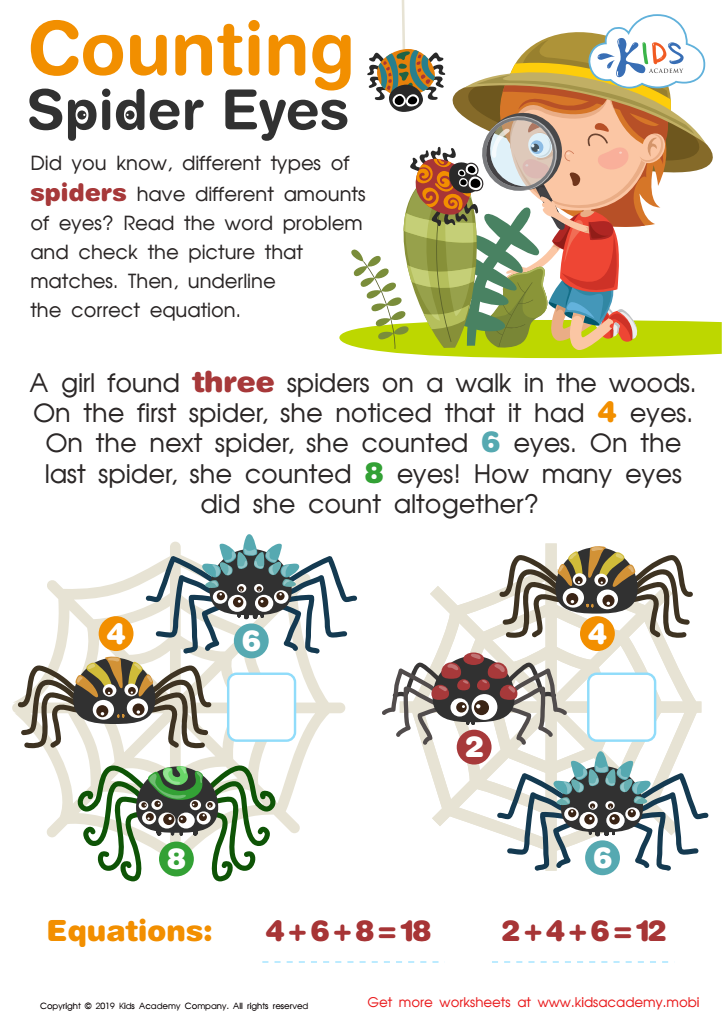

Counting Spider Eyes Worksheet
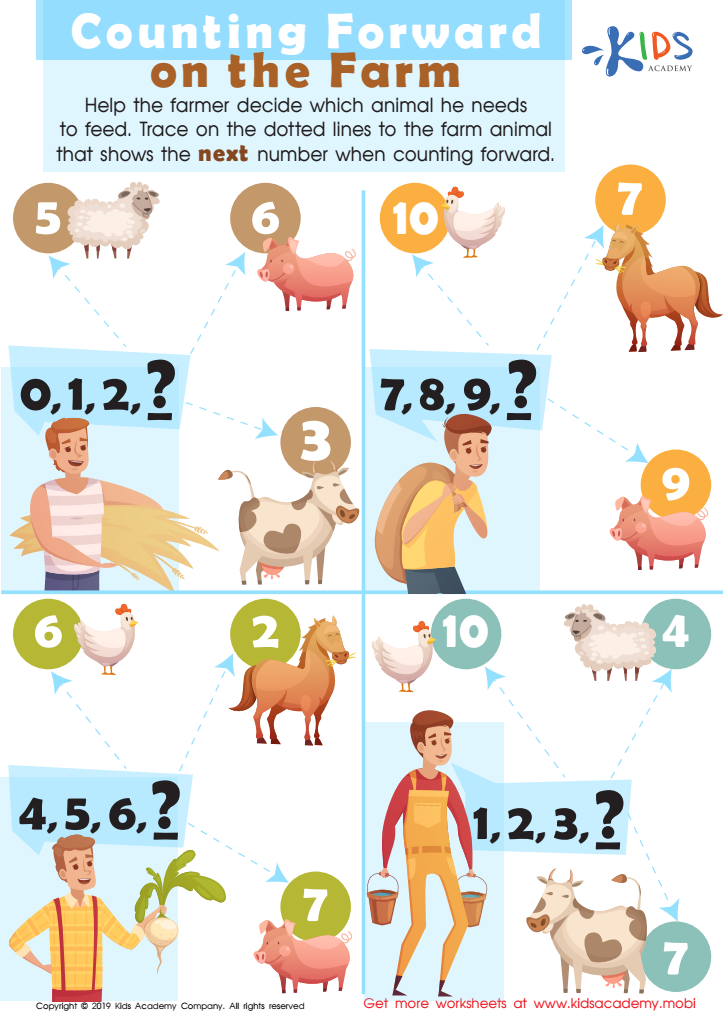

Counting Forward On the Farm Worksheet
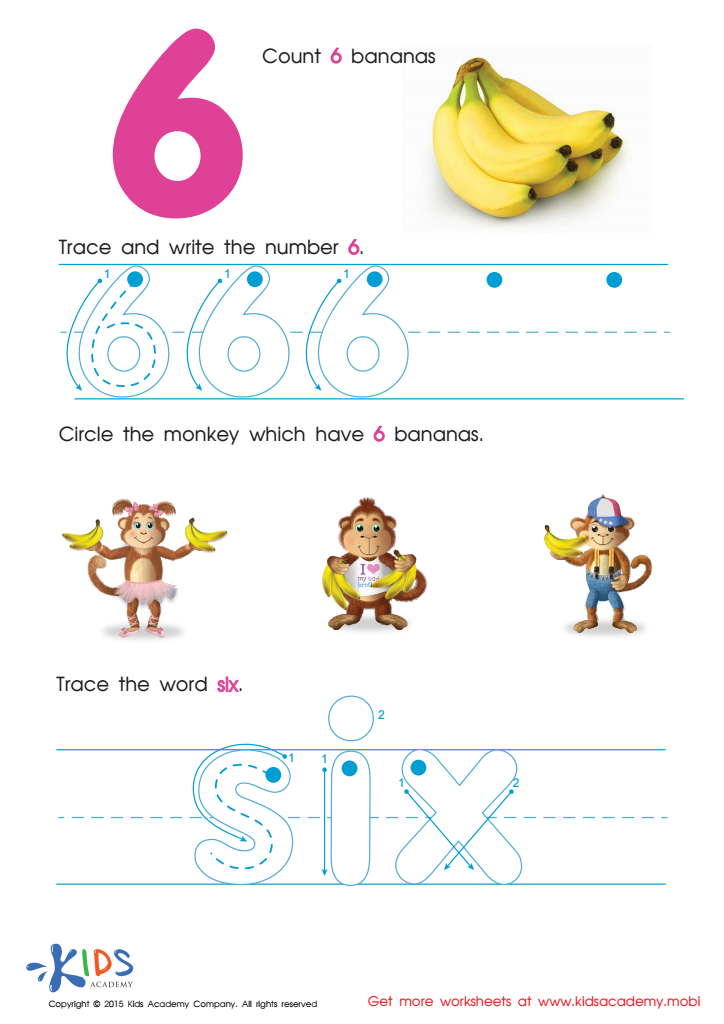

Tracing And Writing Number 6 Worksheet
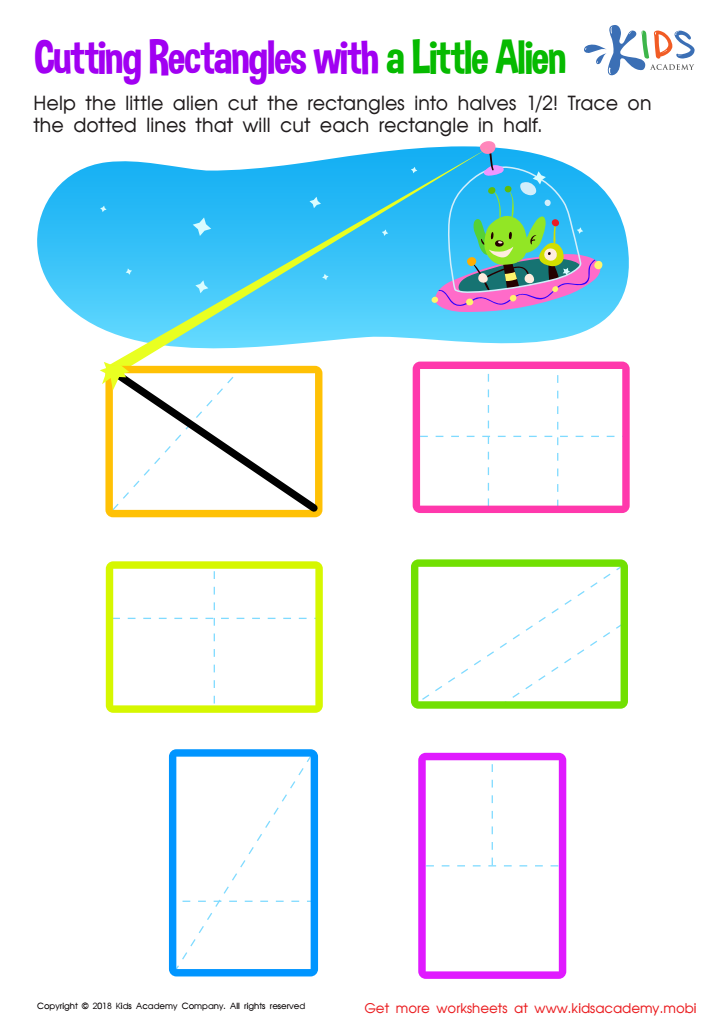

Cutting Rectangles with Alien Worksheet


Practice Writing Number 5 Worksheet
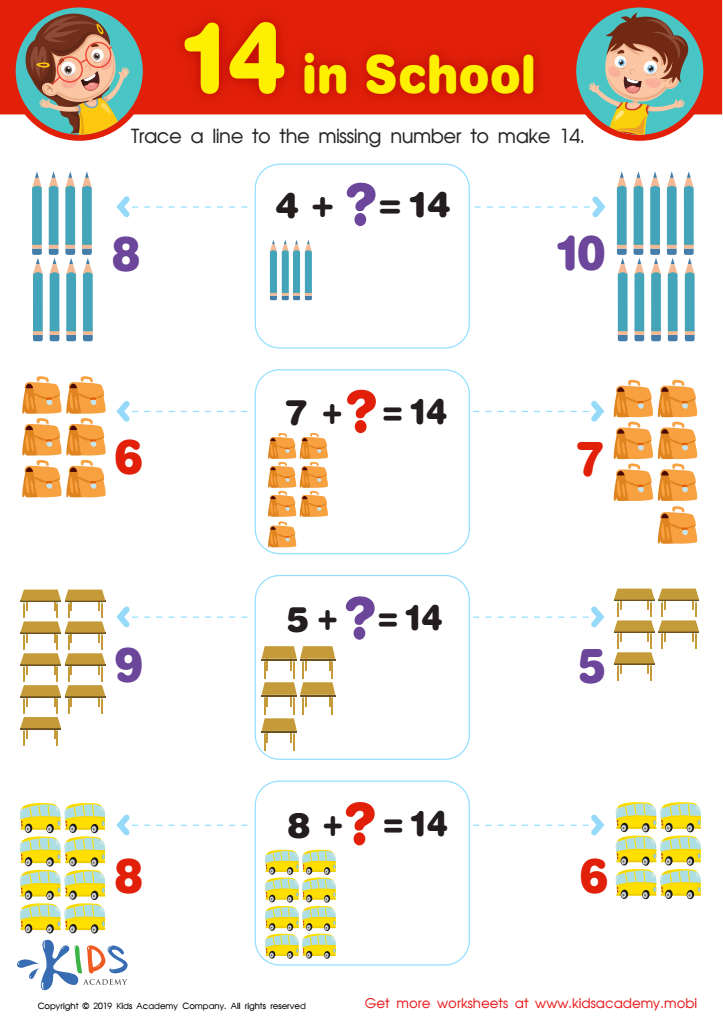

14 in School Worksheet
Hand-eye coordination is crucial for children aged 3-9 as it significantly impacts their academic and daily life skills. This coordination involves the brain's ability to process visual information and direct hand movements, essential for activities such as writing, drawing, and using tools like scissors. During early childhood, these skills are rapidly developing and form the foundation for more complex tasks in later years.
For parents and teachers, prioritizing hand-eye coordination ensures children are well-equipped to succeed in school. For example, in mathematics, the ability to align numbers correctly in a row, recognize patterns, and count objects relies heavily on this skill. Activities that strengthen hand-eye coordination, like playing with building blocks, coloring within lines, or threading beads, help develop fine motor skills, which are necessary for precise control required in writing and drawing numbers and shapes.
Moreover, hand-eye coordination supports physical health by promoting active play and physical exercise, aiding overall developmental growth. For instance, kicking a ball, catching, or using playground equipment all hone this essential coordination. Thus, incorporating exercises and activities aimed at enhancing hand-eye coordination into daily routines assists children in building the necessary foundation for both academic success and physical development.
 Assign to My Students
Assign to My Students
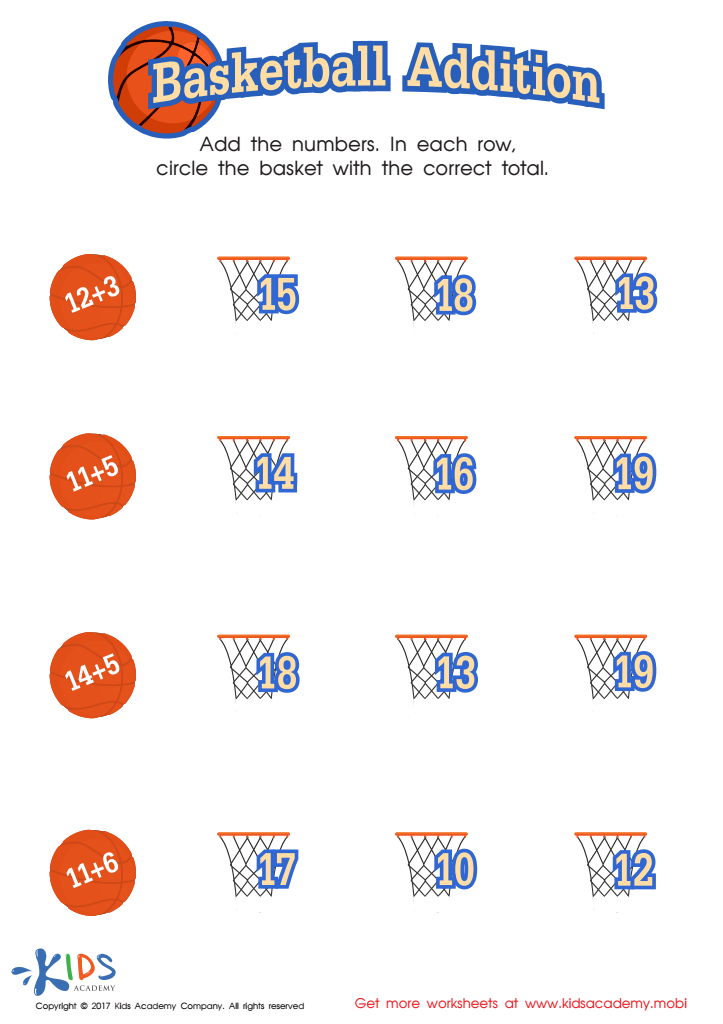
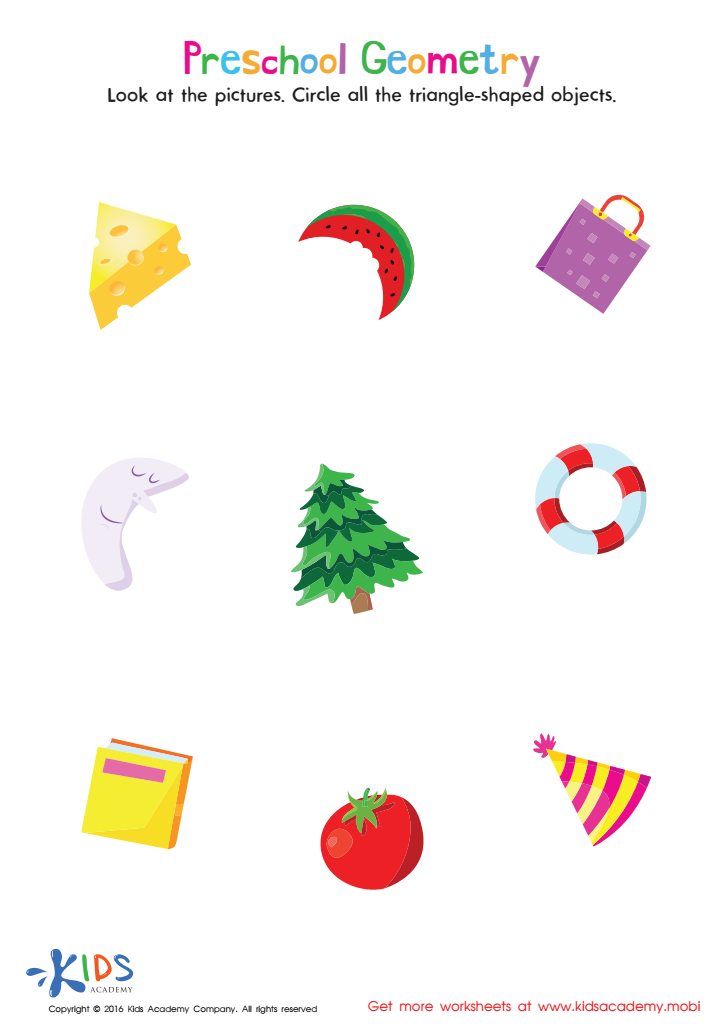





.jpg)










